11 July 2023
Simply put, two-way charging allows energy to flow in two directions - from and to the car. This is the complete opposite of the classic solution, in which electricity only flows from the electricity grid to the vehicle. The new concept turns the car into a huge powerbank. This allows the vehicle to power other devices, such as an electric barbecue or an apartment building. How does it work?
When the electric car is being charged, alternating current is converted into direct current. If we want to use the energy stored in the battery, we need to get the alternating current back - this is made possible by an inverter found in the car's built-in charging system or an external two-way charger.
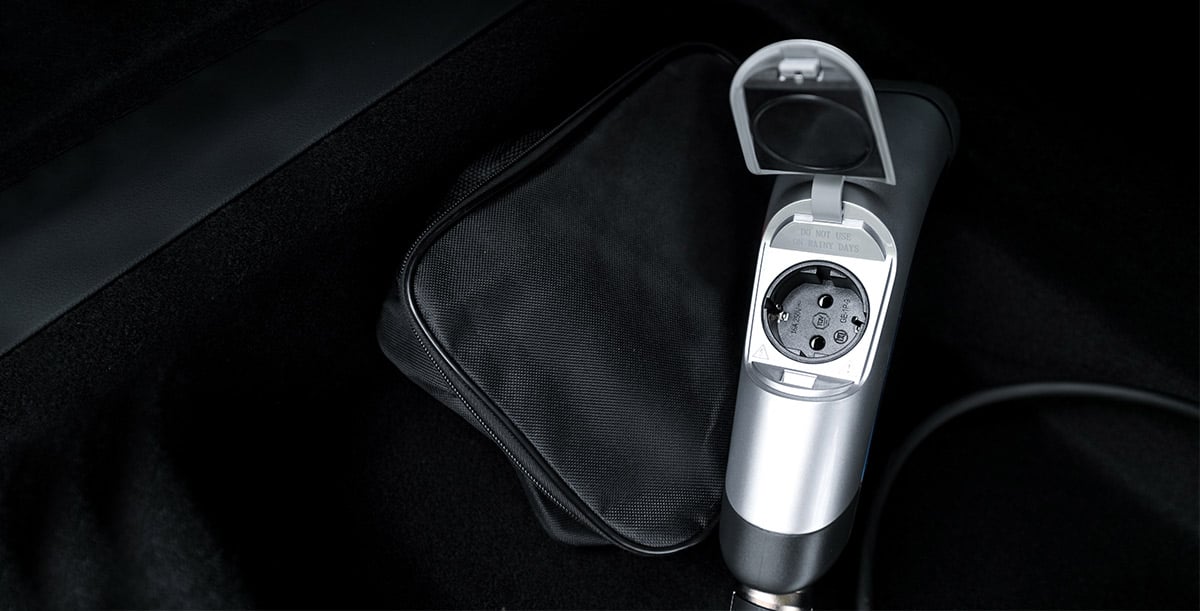
Realising the full potential of electrics - ways for electric cars to give back energy
Electric cars have an incredible potential to give away stored energy, which translates into their versatility and usefulness in various situations. Thanks to the innovation of bi-directional charging, these vehicles become not only a means of transport, but also active sources of energy. Here are four ways in which electric cars can realise their full potential and give energy back to the electricity grid and the surrounding environment:
- Vehicle to Load (VtoL or V2L) - the vehicle gives energy back to charge electronic devices.
This is the most basic way for electric cars to give energy back. A V2L adapter is required for this solution. It allows the electric car to serve as a portable powerbank that makes 120/230V available. In this way, a variety of devices such as televisions, portable fridges, laptops or smartphones can be connected to it, giving them an additional power source in emergency situations or in places where there is no traditional access to electricity. This type of energy sharing will be encountered in the Hyundai Ioniq 5, Nissan Ariya, Ford F-150 Lightning, BMW iX, among others.
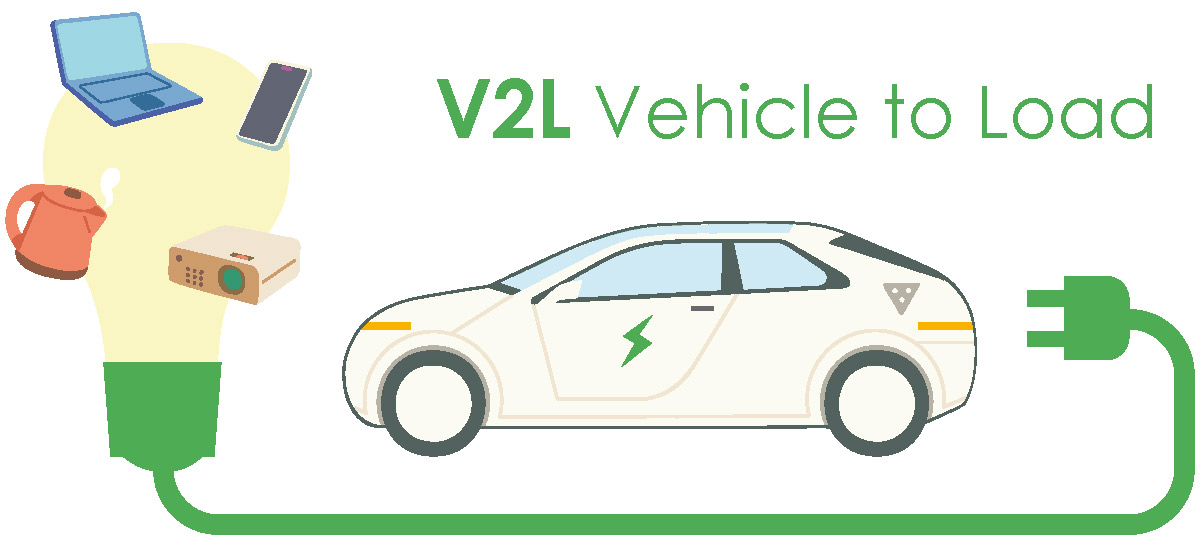
- Vehicle to Home (VtoH or V2H) - the vehicle gives energy back to the home
V2H involves using the energy stored in an electric vehicle to power a home or business. It works on the same principle as home energy storage. All you have to do is connect the car to the power grid using a two-way charger. This gives you the option of storing excess energy from renewable sources (e.g. photovoltaic panels) or storing it at a time when it is cheaper, so that it can then be delivered to your home at a convenient time. Examples of electric cars that support V2H technology: Nissan Leaf, Mitsubishi Outlander PHEV, Honda e, Hyundai Kona Electric, Kia Soul EV.
- Vehicle to Grid (VtoG or V2G) - the vehicle gives energy back to the grid
The V2G solution enables electric cars to give energy back to the electricity grid. This is done using a special bi-directional charger and serves to stabilise the grid. In practice, cars parked most of the time do not need as much energy, so they can give energy back to the grid at times of peak demand. V2G technology is supported by models such as the Mitsubishi Outlander PHEV, BMW i3, Kia Soul EV, Tesla Model 3.
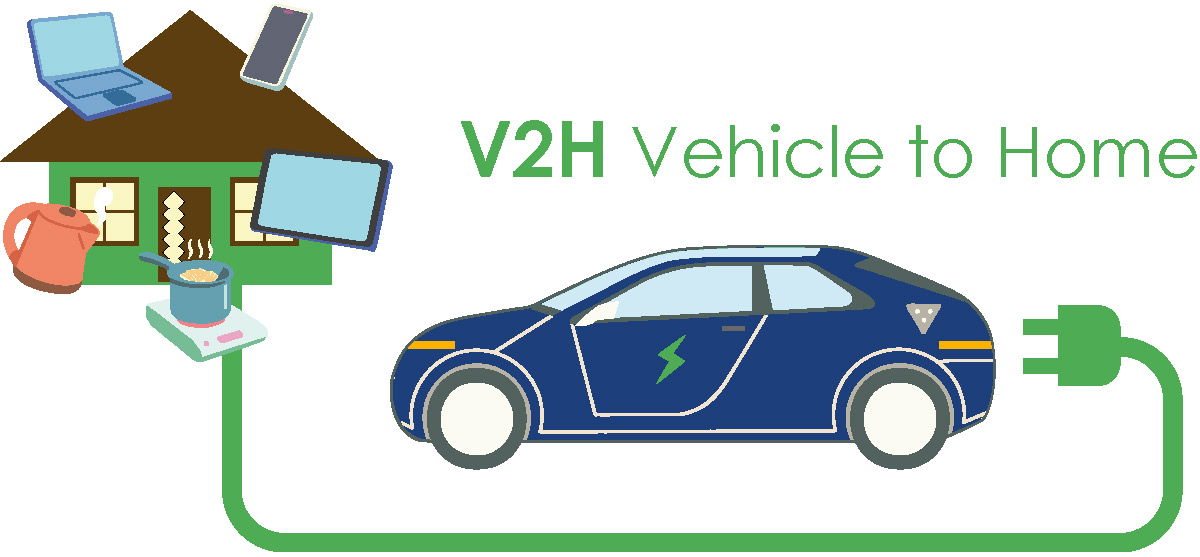
- Vehicle to Vehicle (V2V) - a vehicle gives energy to another vehicle
The idea behind V2V is to share energy between electric cars. In this way, mutual charging and sharing of energy resources is possible. This is ideal for situations in which one car discharges and its range is not sufficient to reach the next charging station.
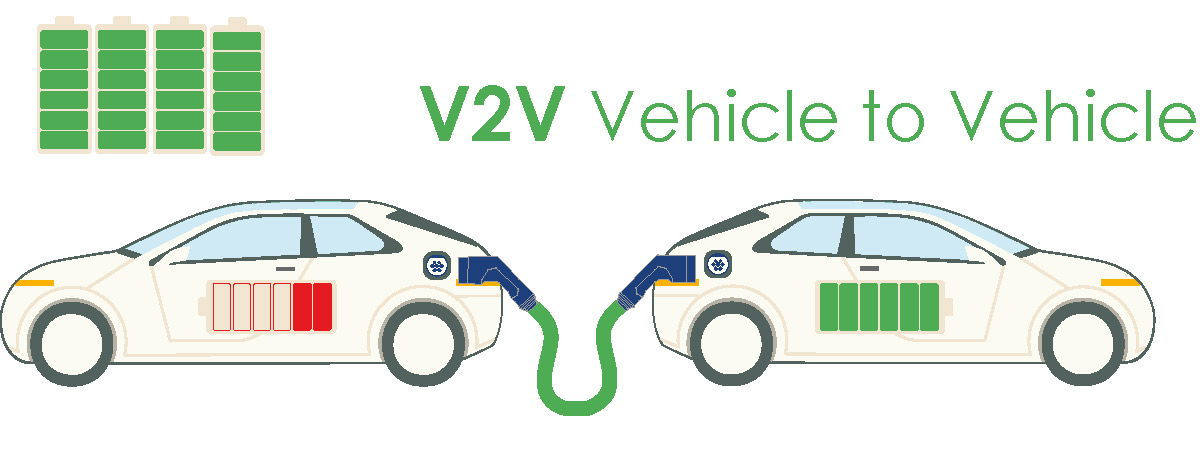
Two-way charging for electric cars - advantages
Two-way charging offers a number of benefits and advantages for EV owners. Here are some of the main advantages of this innovative solution:
Saving money
Simply operating an electric car is much cheaper than a fuel-powered vehicle. With bi-directional charging, we can save even more money - the battery acts as a store of cheaper energy. In many countries, energy prices vary significantly depending on the time of day. If you have photovoltaic panels or other renewable sources, it is possible to store the excess energy produced in the car. This energy can be used later during peak hours or when energy demand is higher and the cost of buying energy from the grid is higher. Altogether, this leads to a significant reduction in electricity bills.
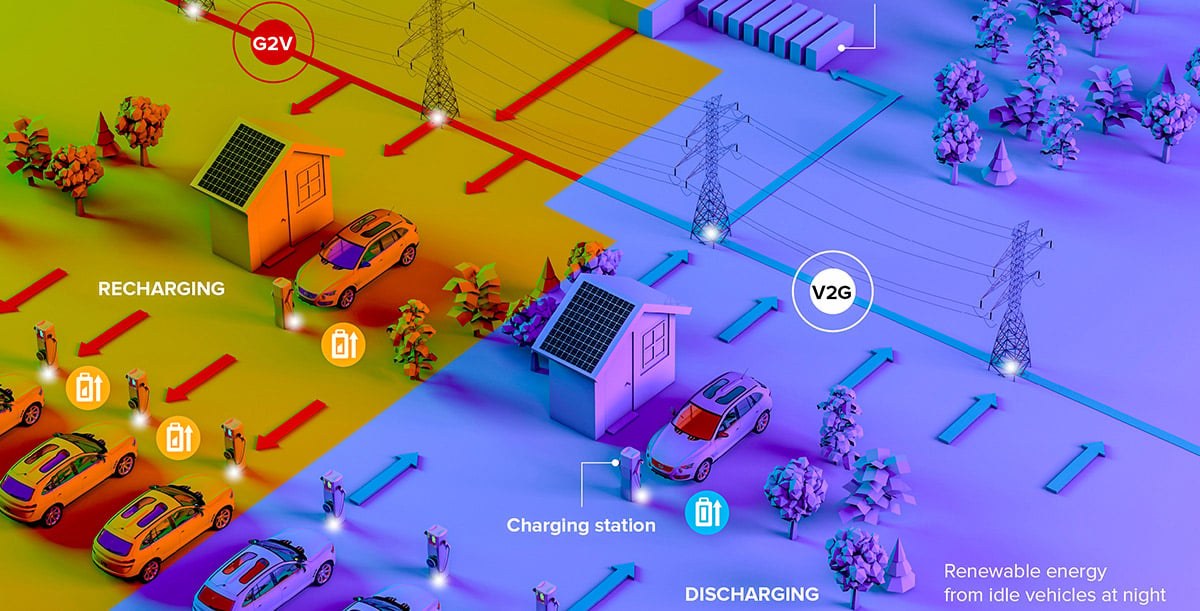
Participation in the energy market
In some regions, it is possible to connect an electric car to the grid as a power source. This means that EV owners, thanks to two-way charging, can also make money by selling excess energy to the grid. In countries where energy prices vary significantly depending on the time of day, you can charge your car during low demand and sell the energy during peak hours for more money. In this way, your car becomes not only a means of transport, but also a source of income.
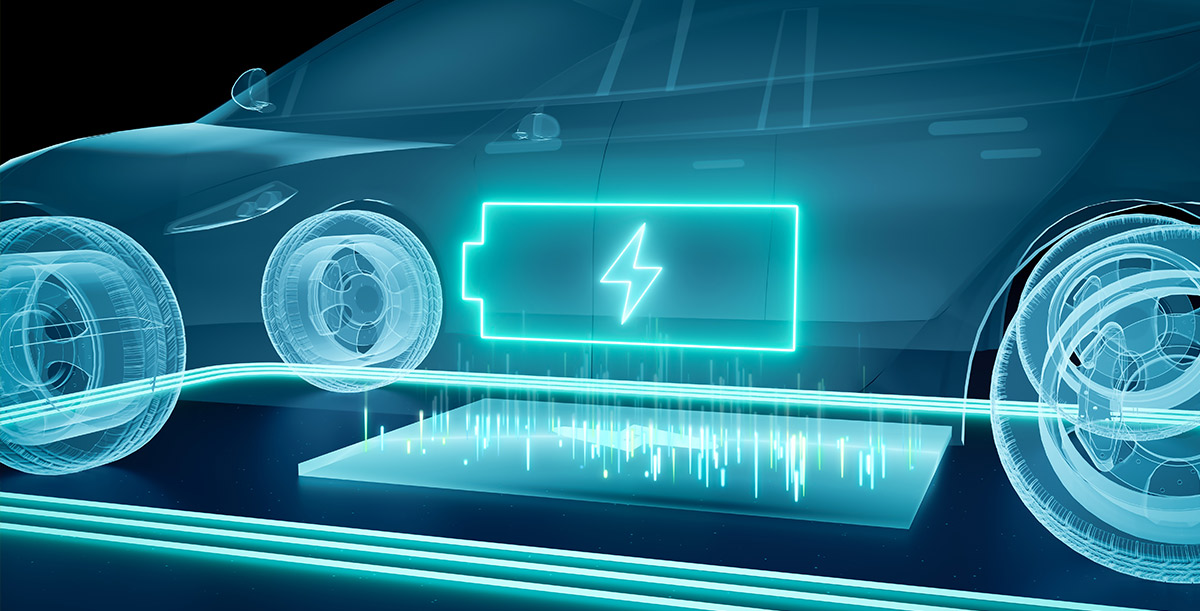
Energy backup in case of an emergency
What about in the event of a total power outage, or so-called blackout? It is only during a sudden breakdown that many people realise how dependent we are on energy. In such a situation, a multifunctional power bank - a charged electric car - can come to our rescue. Thanks to its bi-directional energy transfer function, we can use it as a home battery during a power cut.
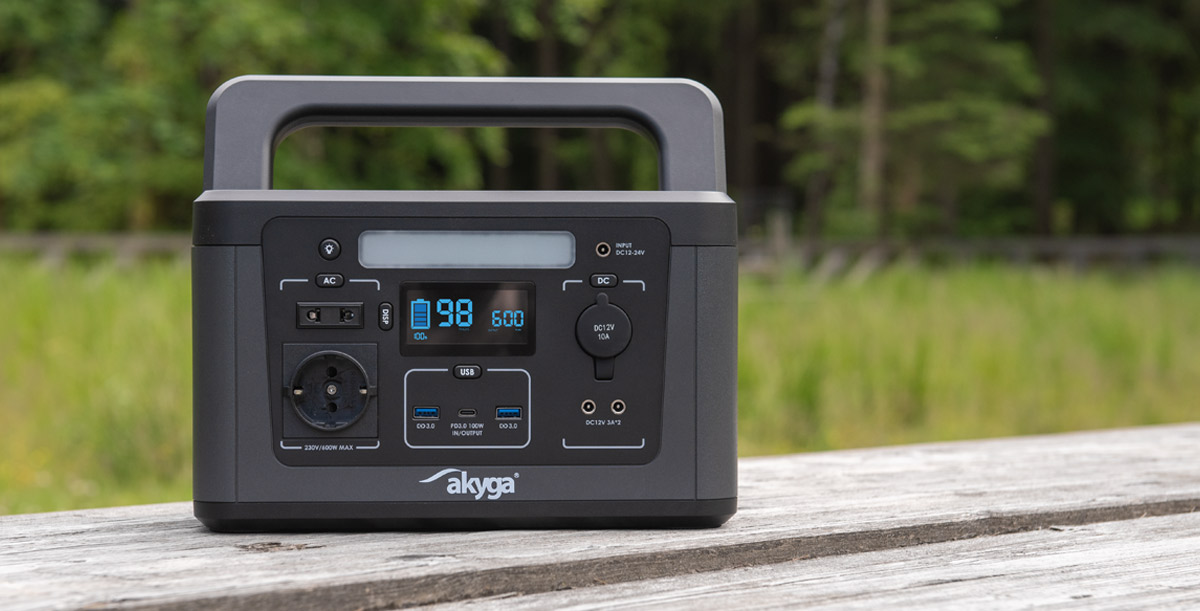
Energy self-sufficiency
The vehicles' ability to donate energy means that electric car owners can become virtually self-sufficient in energy. By storing excess energy from renewable sources in batteries, one can turn one's residence into a kind of micro-power station. In some countries, various programmes and offers have already been introduced to encourage such energy use.
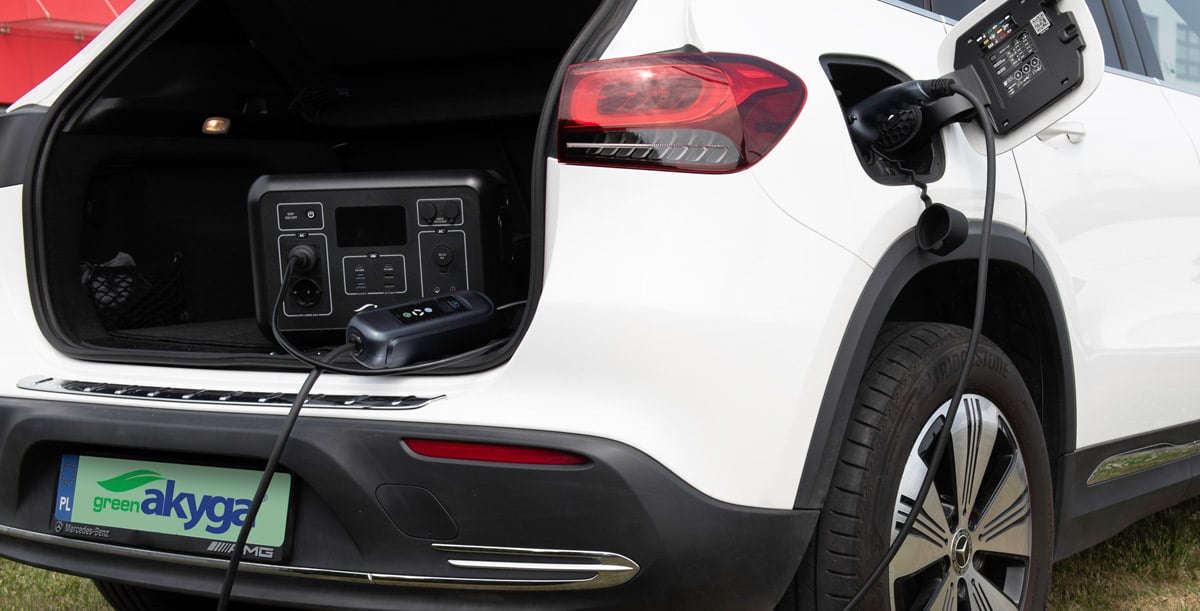
Is it worth investing in your own electric car with bi-directional charging?
Investing in an electric car with bi-directional charging has a number of benefits. In addition to promoting a green lifestyle, owners of these vehicles can enjoy significant financial savings. By being able to use the vehicle's battery as an energy store, users can store surplus energy from renewable sources and then use it in times of peak demand or higher energy prices. In addition, there is the possibility of participating in the energy market, where electric car owners can sell excess energy to the grid. In this way, they can contribute to stabilising and optimising the use of energy resources. In the event of a power failure, electric cars with bi-directional charging can act as a backup energy source, providing independence in critical situations. Another important advantage is the prospect of energy self-sufficiency, where the ability of electric vehicles to donate energy allows owners to create a kind of micro-power plant. As a result, many countries are introducing various programmes and offers to encourage the use of this technology. The final decision to invest in this type of electric vehicle depends on individual preferences, local charging infrastructure and the availability of renewable energy sources. Nevertheless, electromobility has great potential and is a key element in shaping the green future of transport.
